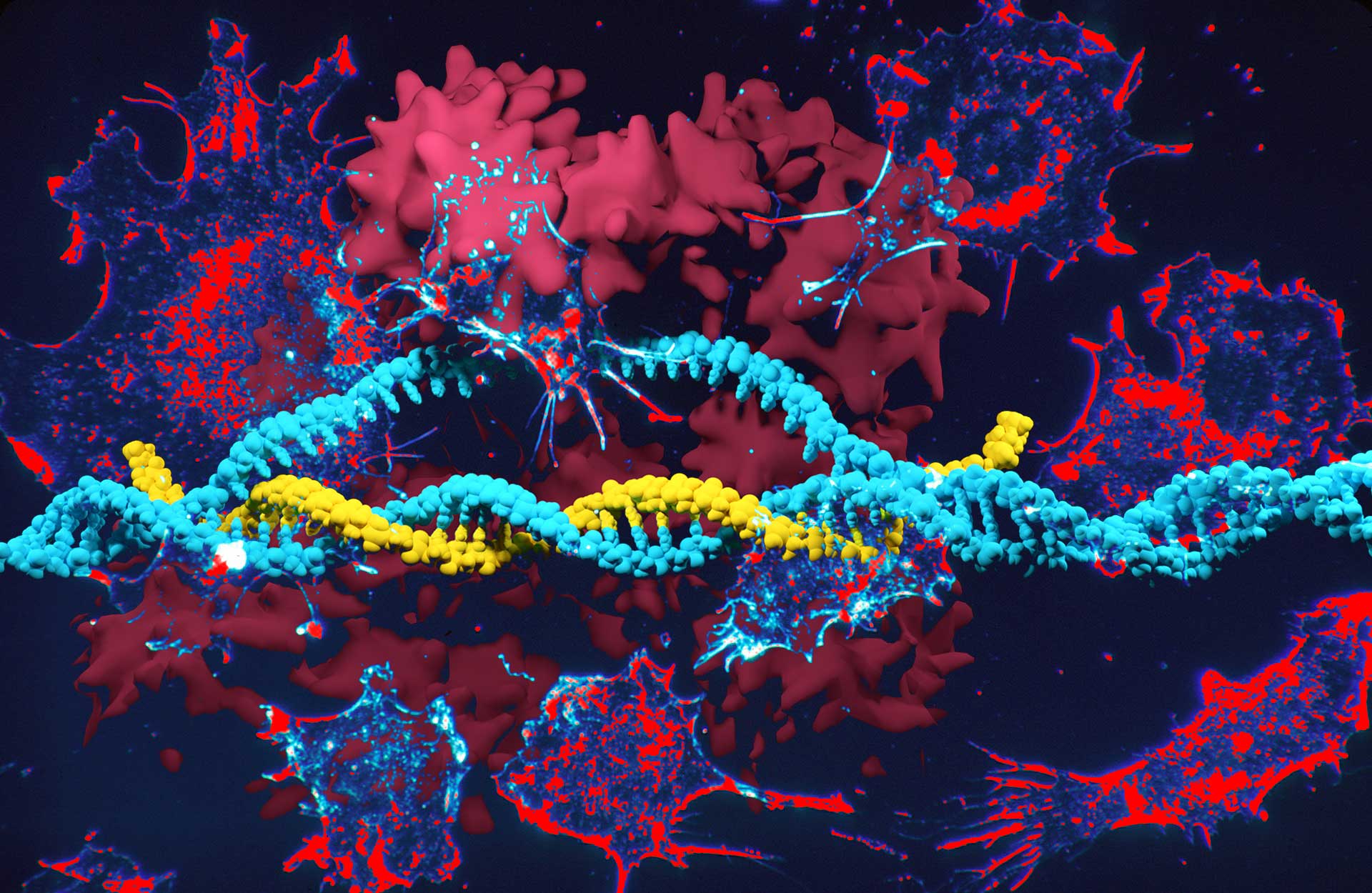CBAVD has an incidence of 1-2 percent in men who experience infertility, followed by damage to various ducts. This condition is caused by a lack of sperm count due to a natural defect caused by an autosomal recessive genetic disorder. This is sometimes referred to as an infectious disease.
Based on several studies, the CFTR gene has a relationship with CBAVD and is genetically associated with cystic fibrosis. The clinical symptoms that are often found are chronic lung disease, exocrine disorders of the pancreas, increased electrolyte levels, male infertility with an incidence of more than 95% and causes reduced sperm count.
Various studies show that there is a very high change in which variant 5 T mutates more frequently in CBAVD patients. This is due to heterogeneity in CBAVD and differences in spectrum in mutation.
Mutations in cystic fibrosis are more common in IVS polymorphisms in CBAVD patients and clinical symptoms that appear to have a relationship or correlation with CBAVD genotypes and cystic fibrosis in patients with CBAVD who experience infertility. Men with CBAVD are at higher risk of cystic fibrosis.
Method and Result
This study used 5 ml of whole blood, prepared and taken from each patient’s PBMC, accompanied by clinical symptoms and patient medical records. Samples of CF patients were carried out to determine mutations based on alleles using PCR.
Based on the study, seven eight percent of patients with CBAVD will carry more than change, forty eight percent are simultaneous. It was possible to determine a genetic association between mutations in CFTR and the risk of CBAVD, the CFTR allele in patients with CBAVD.
Based on the results of research that has been carried out, mutations are divided into 6 groups, each group is determined based on the degree or level of regulation of the CFTR protein. The first group refers to non functional m RNA, result of mutations at the fusion site. Group two are the result of a defective process in protein maturation. Group three mutations are caused by abnormalities the entrance and exit of chloride. Group 4 mutations are due to abnormalities in chloride function regulation. Mutations in group 5 are normal proteins but occur less in CFTR protein synthesis.
It was found that in group I, II and VI there are loss of gene function, have a prevalence of less than 3 percent and have a high mortality rate and are associated with cystic fibrosis. This is different from the mutations in groups 4 and 5, the mutations are mild with a fairly high renal function, have a prevalence of between 3 and 10 percent and are associated with cystic fibrosis for the clinical symptoms caused.
Conclusion
The conclusions of this study, it was found that mutations in CBAVD patients had different clinical symptoms and needed further study, especially the immunological profile in CBAVD patients with mutations.
Author: Dr. Maslichah Mafruchati M.Si.,drh
Detailed information from this research can be viewed in our article at:
https://phcogj.com/article/1742
Pharmacognosy
2021 EManuscript Technologies
E- ISSN: 09753575





